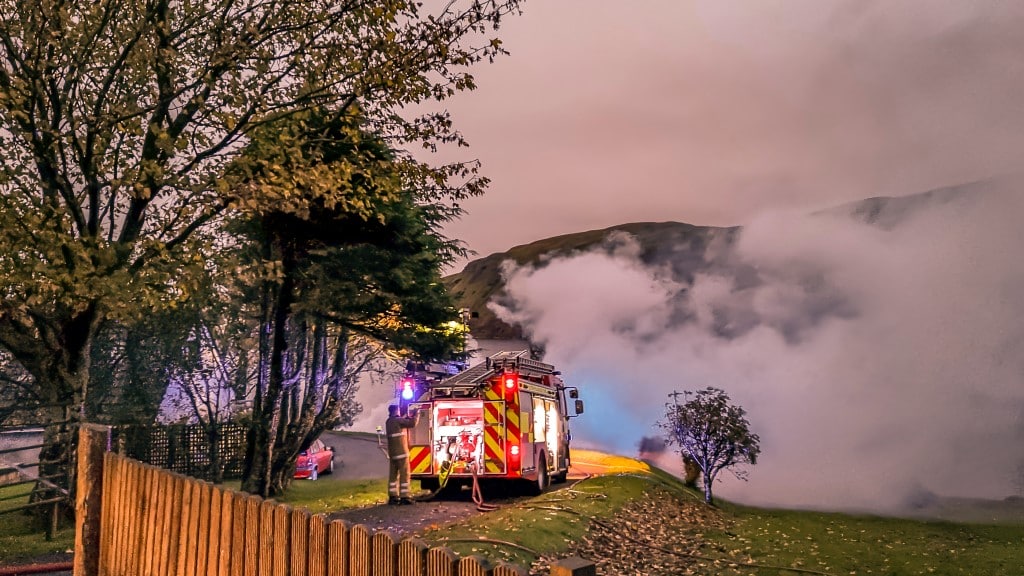Understanding the critical role of a five-foot clearance around homes in wildfire safety
- August 2, 2023
- 7:55 am


Iain Hoey
Share this content
The significance of the Home Ignition Zone in reducing wildfire risks
A detailed analysis from the National Fire Protection Association (NFPA) emphasises the pivotal role a five-foot zone around one’s home plays in enhancing safety from wildfires.
The association, noted for its efforts in raising awareness about reducing homes’ wildfire risks, recently revisited the concept of the home ignition zone and its immediate area.
Here is the NFPA’s latest blog post detailing the home ignition zone concept for those new to the idea.
Origins of the Home Ignition Zone and its primary components
The Home Ignition Zone (HIZ) is an idea pioneered by retired USFS researcher Dr. Jack Cohen.
The theory focuses on the premise that the condition of a home, including the materials it’s built from and its maintenance state, as well as the vegetation within a hundred feet, greatly affects its potential to catch fire during a wildfire.
The combined research by Dr. Cohen and the Insurance Institute for Business & Home Safety (IBHS) underpins that the immediate zone or non-combustible zone – the home and its surroundings up to five feet – is the most significant risk factor and should therefore be the starting point in mitigating risks.
The importance of a five-foot buffer in wildfire safety
Embers and small surface flames are the primary causes of home ignition during wildfires.
To prevent these, a five-foot buffer is created around the home to ensure embers or surface fires cannot reach it. This involves:
- Clearing debris such as leaves, needles, and branches from roofs and gutters.
- Ensuring the immediate five feet around the base of homes and attached structures, like decks, is devoid of any debris and well-maintained.
- Substituting wooden mulch products with non-combustible alternatives like crushed stone or gravel.
- Constructing walkways using non-combustible materials like concrete or pavers.
- Pruning trees and shrubs next to the home to prevent them from overhanging the roof, gutters, or chimneys.
For additional tips and resources on preparing homes for wildfires, visit the NFPA’s dedicated page.
A small investment in time spent on such preventive measures can significantly improve a home’s chances of withstanding a wildfire, and provide greater peace of mind.
IFSJ Comment
The exploration of the Home Ignition Zone concept and its correlation with wildfire safety highlights a key preventive measure homeowners can adopt.
By focusing on the immediate surroundings of their homes, residents can drastically reduce wildfire risk, reinforcing community safety and resilience against such disasters.
About NFPA
The National Fire Protection Association (NFPA) is a global, non-profit organisation devoted to eliminating death, injury, property, and economic loss due to fire, electrical and related hazards.
NFPA provides a wealth of resources to better educate residents about reducing the risk of wildfires to their homes.
Their commitment to research, training, and providing necessary resources reflects their mission to enhance public safety.

